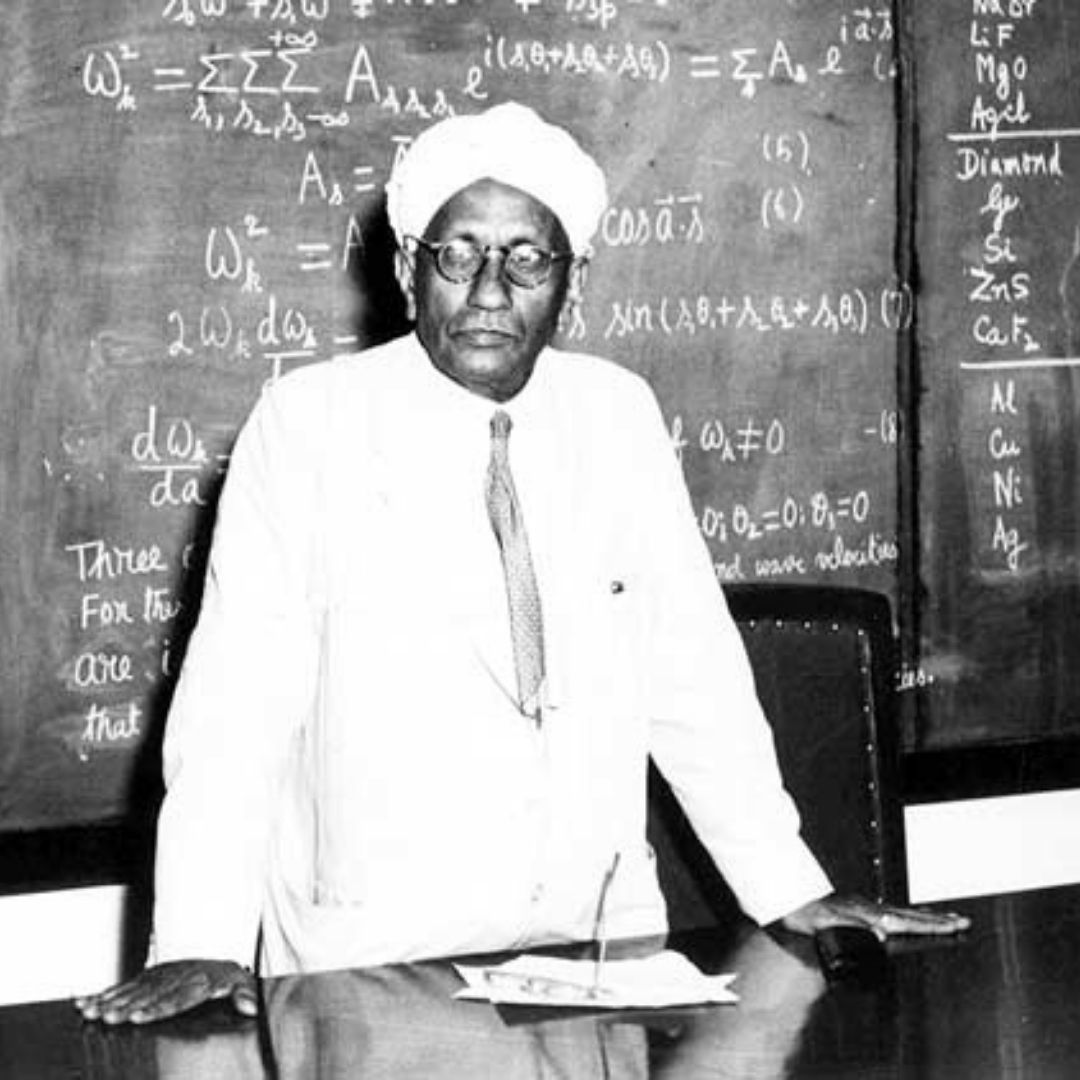
Image Credits: The Indian Express
Raman Effect! Here's How CV Raman Discovered 'Why Sea Is Blue'
Writer: Tashafi Nazir
For most people, journalism sounds hectic and chaotic. For her, it's a passion she has been chasing for years. With an extensive media background, Tashafi believes in putting efforts on presenting a simple incident in the most interesting way.
India, 28 Feb 2022 9:22 AM GMT
Editor : Snehadri Sarkar |
While he is a massive sports fanatic, his interest also lies in mainstream news and nitpicking trending and less talked about everyday issues.
Creatives : Tashafi Nazir
For most people, journalism sounds hectic and chaotic. For her, it's a passion she has been chasing for years. With an extensive media background, Tashafi believes in putting efforts on presenting a simple incident in the most interesting way.
Every year, India celebrates National Science Day on February 28 to remember the discovery of the Raman Effect that made C V Raman earn the Nobel Prize in 1930 in the field of Physics.
National Science Day is celebrated every year on February 28 in India to commemorate the exceptional work of Indian physicist CV Raman in light scattering. Termed as one of the greatest scientists the country has produced, Raman's work and life have been a source of inspiration for generations.
CV Raman became popular among people when he was a student, as he used to excel at school and university. He has made some extraordinary contributions to acoustics and optics and was the first person to be appointed as the Palit Professor of Physics at the Rajabazar Science College in 1917.
India celebrates National Science Day to remember the scientist's discovery of the Raman Effect that made him earn the Nobel Prize in 1930 in Physics.
Who Was CV Raman?
Raman was originally named Venkataraman after a Hindu deity, preceded by the initials of his father's first name, Chandrasekhara. His name was split to C. Venkata Raman in school, later becoming CV Raman. His father was a professor of physics and mathematics, while his mother came from a family of Sanskrit scholars. Considered as an intelligent kid since childhood, he graduated from Presidency College in Madras at 16, placing first in his class and receiving a gold medal in physics.
While studying for his post-graduation, he published his first research paper in Philosophical Magazine when he was just 18. It was the first-ever research paper published by the Presidency College.
Because of poor health, he could not go to England for further studies. He passed the Financial Civil Service exam in 1907 and was posted to Calcutta as assistant accountant general with nothing else available in India.
Raman's Fascination With Light Scattering
Educated entirely in his own country, C.V. Raman made his first trip to London in 1921, where English physicists already knew his reputation in the study of optics and acoustics. Raman's speciality was studying the vibrations and sounds of stringed instruments like violin, the tambura, Indian veena and two uniquely Indian percussion instruments, the tabla and the mridangam.
But it was the return trip from London to Bombay aboard the SS Narkunda that would forever change the direction of the scientist's future.
During the fifteen-day voyage, his probing and restless mind became fascinated with the deep blue colour of the Mediterranean Sea.
"A glass of water does not possess any colour. But the same water in the sea appears blue. Why so?" he asked himself.
The scientist also observed a pale blue opalescence in the icebergs and the lakes he had seen through the northern latitudes.
Unable to accept Lord Rayleigh's (British mathematician) explanation that the colour of the sea was just a reflection of the colour of the sky, Raman proceeded to outline his thoughts on the matter while still at sea and sent a letter to the editors of the journal Nature when the ship docked in Bombay.
Later, Raman was able to show conclusively that the colour of the sea was the result of the scattering of sunlight by the water molecules. Ironically, it was precisely the same argument that Rayleigh had invoked when explaining the colour of the sky — the blue resulted from the scattering of sunlight by the molecules in the air.
Raman was now obsessed with the whole phenomenon of light scattering. His group in Calcutta began an ample series of measurements of light scattered primarily by liquids but also by some solids. As a result, Raman explained the blue colour observed in the ice of Alpine glaciers.
After discovering the Raman Effect in 1928, he became the first Asian to be awarded a Nobel prize in any field of science in 1930. Three years later, the scientist left Calcutta for Bangalore, where he served as head of the Indian Institute of Science. He continued to work on the Raman Effect there and became interested in the structure of crystals, especially diamonds. In 1934, he founded the Indian Academy of Science and began the publication of its Proceedings.
He became director of the newly constructed Raman Research Institute in 1948, where he remained continually active until his death. His research interests changed in later years when he primarily investigated the perception of colour.
Also Read: Tirupati Hospital Pumps Life Back Into Children, Conducts Record 128 Surgeries Since Inauguration
 All section
All section














